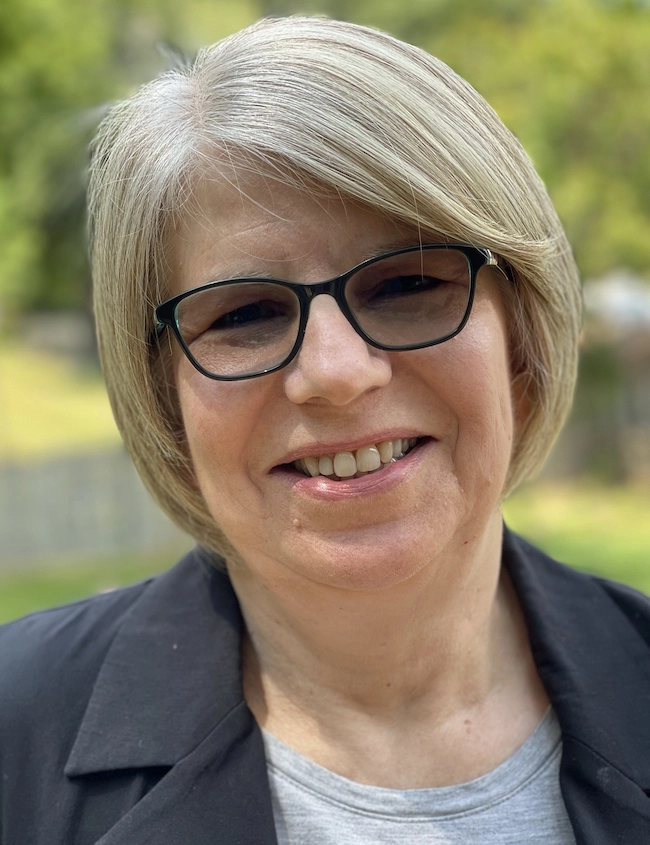Tag
substance abuse
-
New tip sheet explores substance use disorders in older adults
Substance abuse among adults over 60, particularly of alcohol and prescription drugs, is one of the fastest-growing health problems in…

-
New tip sheet looks at alcohol use and older adults
It’s legal. It is readily accessible and requires no prescription to purchase. It’s socially acceptable. Yet, it can cause myriad…

-
•
Calif. nurse rehab program full of holes
ProPublica’s Tracy Weber and Charles Ornstein follow up their investigation of California’s nursing oversight with a story about the failures…



